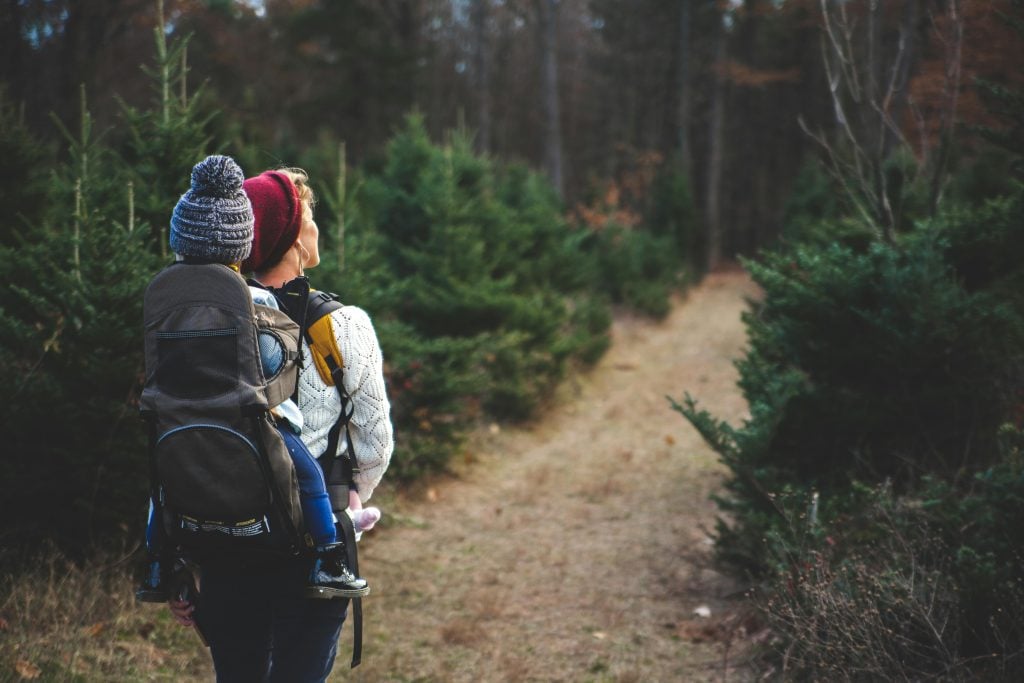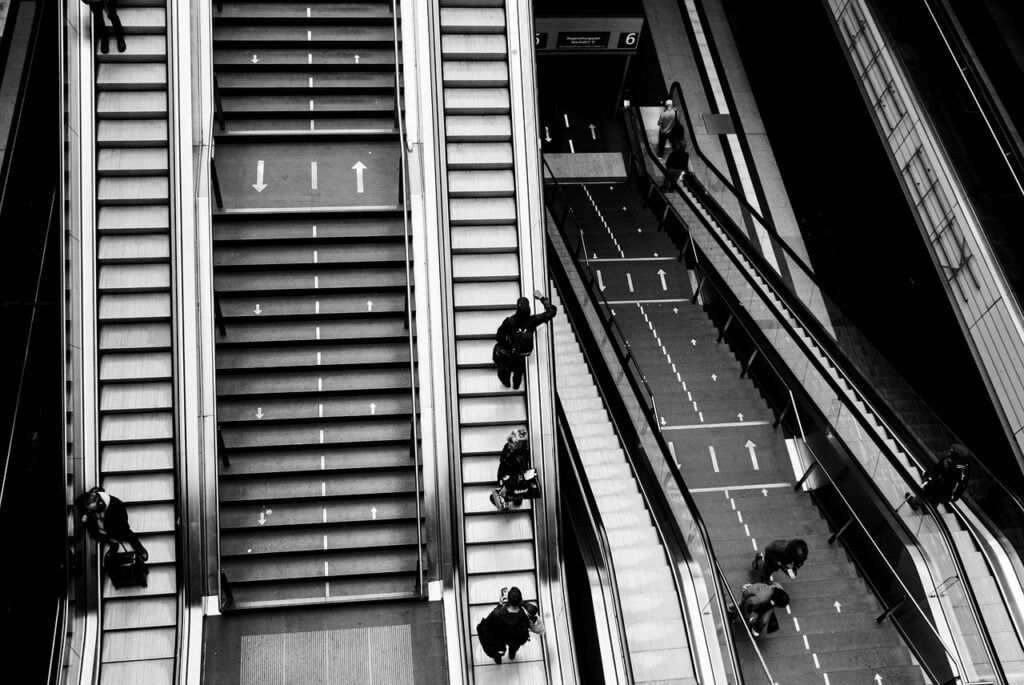The Comfort Crisis explores a paradox at the heart of modern life: the more comfortable we’ve made our environment, the weaker, sicker, and more anxious we’ve become.
Award-winning journalist Michael Easter sets out to understand why, beginning with a thirty-three-day journey into the remote Alaskan tundra. This is not a guided adventure tour. It’s a deliberate misogi—a ritual challenge so hard it forces a fundamental reset. Through this physical and psychological trial, Easter begins to uncover what we’ve lost by eliminating discomfort from our lives.
But this isn’t just a story about wilderness. Along the way, Easter meets an Oxford-trained economist in Bhutan who studies death and happiness, a neuroscientist researching the creative effects of time in nature, and an NBA performance expert reviving an ancient Japanese endurance tradition. Each encounter offers a piece of the same insight: discomfort is not a problem to eliminate, but a resource we’ve forgotten how to use.
Easter argues that modern comforts—climate control, instant gratification, hyper-processed food, digital noise—have removed essential inputs our biology depends on. Physical effort. Hunger. Silence. Boredom. Exposure to the elements. Time in nature. Without these stressors, the systems that keep us healthy atrophy.
Rucking—a practice Easter highlights in the book—is a perfect example. It’s simple, scalable, and taps into our evolutionary design. The same is true of other discomforts he explores: fasting, solitude, cold, heat, effort. These are not extreme challenges. They are baseline stimuli our bodies and minds were built to expect.
The Comfort Crisis is not a call to reject modern life. It’s a call to reintroduce challenge with intention. To seek out the edges of effort, not as punishment, but as a path to strength, clarity, and resilience.
For anyone aligned with the Foresighted lifestyle, Easter’s message is clear: discomfort is not something to fear—it’s something to train. This book is a compelling reminder that your comfort zone is not where you grow. It’s where you fade.



















